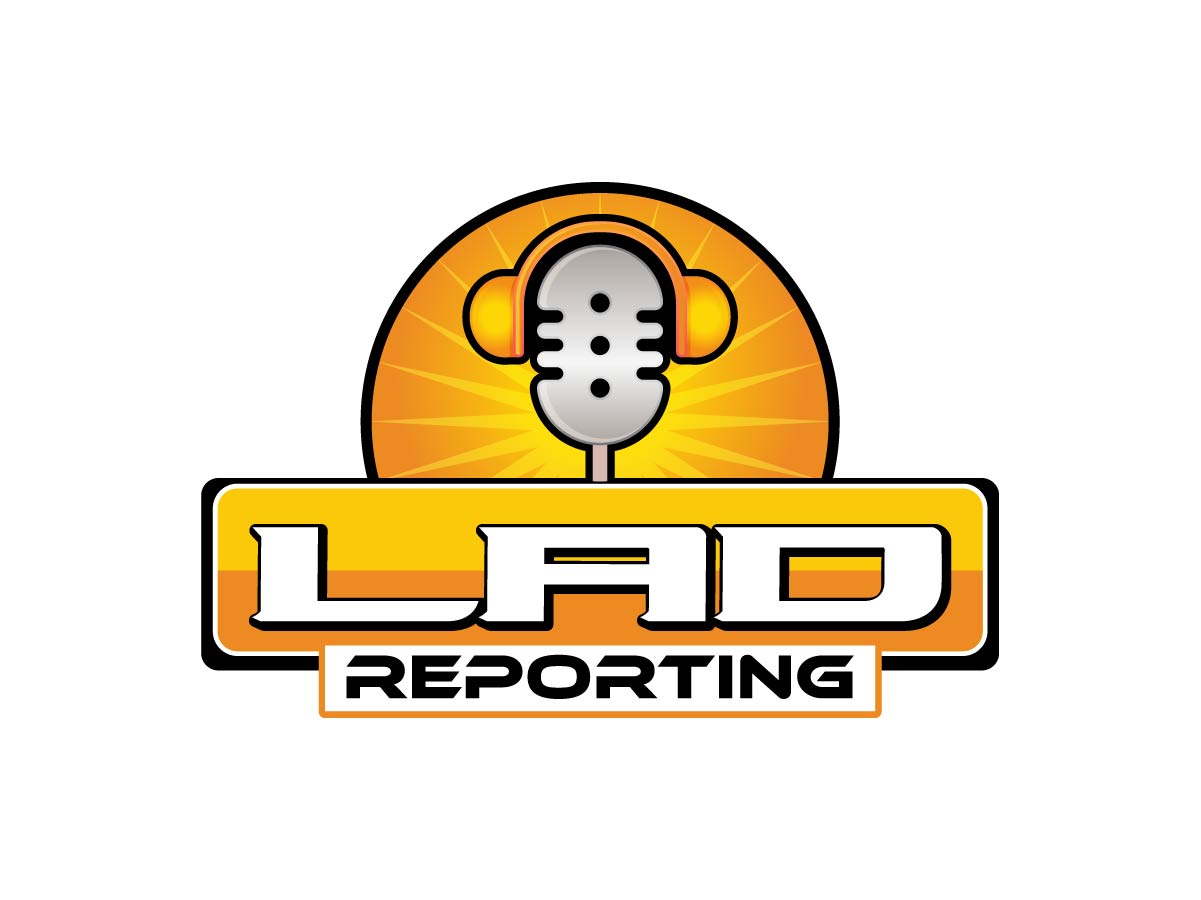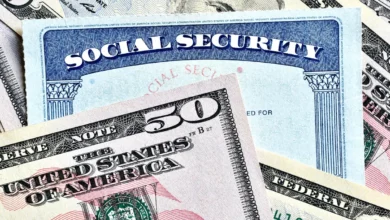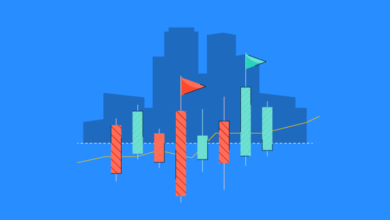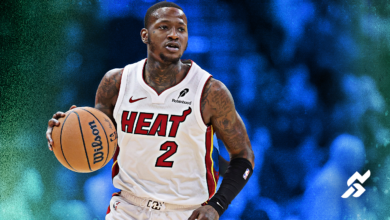11 of The Biggest Acquisitions In History Since 2015: Insights and Outcomes

The corporate sector has seen some of the largest acquisitions in history over the last ten years. Tens of billions of dollars are the value of many. These high-stakes transactions change markets, transform businesses, and affect investor confidence in addition to making headlines.
But not every merger makes it to the end. Progress is frequently impeded by operational complexity, shareholder concerns, and regulatory obstacles. Even when deals do close, the strategy, finance, and legal teams must work closely together.

Software for mergers and acquisitions (M&A) is crucial for businesses managing these high-stakes situations. Throughout the integration process, these tools assist the strategy, finance, and legal teams in remaining in sync while streamlining workflows and coordinating diligence.
In this article, we look back at the most significant acquisitions from the past 10 years. Beyond just the price tags, we’ll unpack why they mattered.
The biggest mergers and acquisitions in history at a glance
A synopsis of the largest acquisition recorded in history can be seen below.
| Companies involved | Value | Industry | Outcome |
| Dow Chemical and DuPont in 2015 | $130 billion | Chemicals in agriculture, materials, and specialty products | Created DowDuPont, which subsequently divided into Corteva, DuPont, and Dow Inc. |
| Heinz and Kraft Foods in 2015 | $100 billion | Food and beverage | Founded Kraft Heinz Co., which is currently among the biggest food corporations in North America. |
| Anheuser-Busch InBev and SABMiller in 2016 | $107 billion | Beverage | AB stands for Anheuser-Busch. Despite being the biggest brewer in the world, InBev had to sell off brands to satisfy authorities. |
| BAT and Reynolds American in 2017 | $49 billion | Tobacco | Purchased cigarettes from Newport, Camel, and Pall Mall under BAT. |
| AT&T and Time Warner in 2018 | $85.4 billion | Telecom and media | WarnerMedia was created when AT&T purchased Time Warner Inc., the company that owned CNN, HBO, Warner Bros., and other properties. |
| United Technologies and Raytheon in 2019 | $121 billion | Aerospace and defense | Founded Raytheon Technologies, which is currently among the biggest defense contractors in the world. |
| Saudi Aramco and SABIC in 2020 |
$69.1 billion | Petroleum and petrochemicals | Saudi Aramco integrated oil production with downstream chemicals when it acquired a majority share in SABIC from Saudi Arabia’s national wealth fund. |
| PSA Group and Fiat Chrysler in 2021 | $52 billion | Automotive | merged names including Fiat, Jeep, Ram, and Peugeot to form Stellantis, the fourth-largest carmaker in the world, in 2021. |
| S&P Global and IHS Markit in 2022 | $140 billion | Financial information and analytics | The transaction expanded S&P’s data capabilities to include market intelligence on energy, automobiles, and other industries in addition to bond ratings and indexes. |
| Microsoft and Activision Blizzard in 2023 | $68.7 billion | Technology | With the acquisition of Activision Blizzard, Microsoft expanded Xbox’s portfolio to include popular properties like Candy Crush, Warcraft, and Call of Duty. |
| ExxonMobil and Pioneer Natural Resources in 2024 | $59.5 billion | Oil and gas | Exxon’s oil output in the US grew as a result of the acquisition. |
Biggest acquisitions: Value and outcome
These massive transactions changed the market and frequently led to additional consolidation in addition to exchanging large amounts of money. We analyze each of the major acquisitions below, emphasizing their significance.
1. Dow Chemical + DuPont (2015): A $130 billion chemical mega‑merger
- Value: $130 billion in an all-stock merger of equals.
- Industry: Chemicals used in materials, specialty goods, and agriculture
- Outcome: created DowDuPont, which subsequently divided into three businesses: Corteva, DuPont, and Dow Inc.
DuPont and Dow Chemical Co. reached an all-stock “merger of equals” in late 2015 that was valued at roughly $130 billion. Following the merger, DowDuPont intended to split into three distinct companies with a concentration on materials (plastics), specialty chemicals, and agriculture.
Despite intense regulatory scrutiny, particularly in relation to the large agrichemical segment, the companies managed to close this merger. By 2019, DowDuPont had divided into the agriculturally centered Corteva and the specialty production-based DuPont.
2. Heinz and Kraft Foods (2015): A $100 billion food industry merger
- Value: $100 billion
- Industry: Food and beverage (Consumer packaged goods)
- Outcome: Founded Kraft Heinz Co., which is currently among the biggest food corporations in North America..
This wasn’t your typical competitor company buying out another. Rather, renowned investor Warren Buffett and 3G Capital hatched a scheme wherein Kraft would be acquired by Heinz (which 3G/Buffett had taken private in 2013), and Kraft stockholders would receive a substantial cash payout of $10 billion as well as 49% of the new company in the merger into The Kraft Heinz Company.
The estimated worth of the merger between Kraft Foods Group and H.J. Heinz Co. was $100 billion. For customers, it meant having access to a variety of well-known brands, including Philadelphia, Heinz, Kraft, and Oscar Mayer. Overnight, the merged Kraft Heinz grew to become one of the biggest food and beverage corporations globally.
3. Anheuser-Busch InBev and SABMiller (2016): A $107 billion “megabrew” deal
- Value: $107 billion
- Industry: Beverage
- Outcome: AB stands for Anheuser-Busch. Despite being the biggest brewer in the world, InBev had to sell off brands to satisfy authorities.
Nearly 30% of the beer produced worldwide was held by AB InBev following its $107 billion acquisition of SABMiller. For background, SABMiller’s wide range of beers, including Miller, Castle, and Foster’s, was purchased by AB InBev, the company that makes Budweiser, Stella Artois, and Corona.
Regulators, however, only permitted the transaction if SABMiller sold off its share in MillerCoors, its joint venture in the United States, in order to resolve antitrust issues. They believed that the combined business would control an excessive amount of the beer industry in the United States.
In light of this portfolio, the brewery most likely has roots in these merged behemoths if you have enjoyed a pint in the last few years.
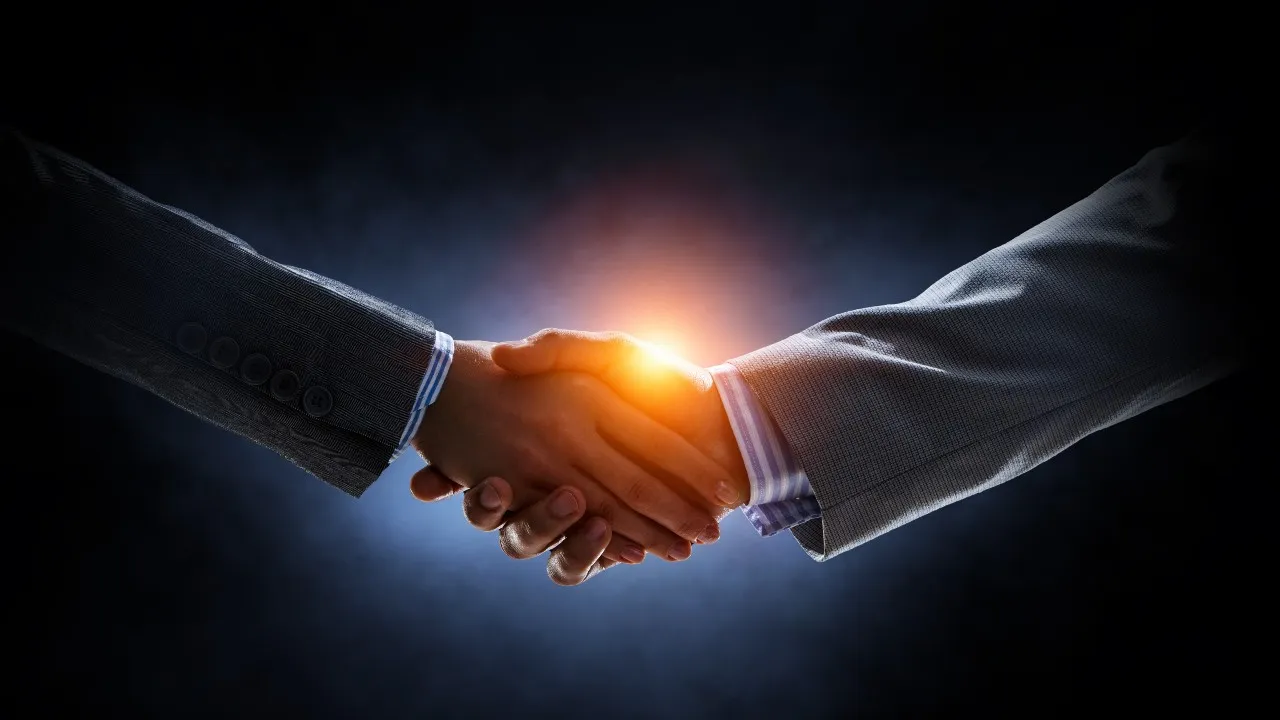
4. BAT and Reynolds American (2017): A $49 billion big tobacco consolidation
- Value: $49 billion
- Industry: Tobacco
- Outcome: Purchased cigarettes from Newport, Camel, and Pall Mall under BAT.
The manufacturer of Lucky Strike and Dunhill, British American Tobacco, declared in 2017 that it wanted complete control of Reynolds American, the American corporation that makes Newport, Camel, and Pall Mall. Due to a previous agreement, BAT already controlled 42% of Reynolds; however, it paid $49 billion to acquire the remaining Reynolds American. With this transaction, BAT became the most well-known publicly traded tobacco company in the world and stands out as one of the biggest in the “sin industries.”
If you’re a smoker in the U.S., this likely had minimal visible impact on your day-to-day – Newport and Camel packs didn’t change overnight. However, behind the scenes, a lot did change: an American tobacco icon, Reynolds, which itself was a consolidation of R.J. Reynolds and Brown & Williamson years earlier, became fully owned by a British company. BAT acquired Newport, the best-selling menthol cigarette in the U.S.
This gave it full access to a large share of the market it had previously only partly benefited from through its minority stake.
The deal did remove Reynolds as a standalone American company, leaving Altria (Marlboro’s parent) and BAT/Reynolds as the two giants in U.S. cigarettes, plus some smaller players.
5. AT&T and Time Warner (2018): Over $85 billion telecom–media takeover
- Value: $85.4 billion
- Industry: Telecom and media
- Outcome: WarnerMedia was created when AT&T purchased Time Warner Inc., the company that owned CNN, HBO, Warner Bros., and other properties.
This transaction was the quintessential example of a telecom behemoth attempting to acquire exclusive content. It closed in 2018 after being announced in 2016.
As a media customer, you may have applauded the notion that HBO’s Game of Thrones would be housed in the same building as your cable or internet provider. But there was less enthusiasm in the U.S. Department of Justice. Because they were worried that AT&T might unjustly raise prices on competitors by using Time Warner content, they filed a lawsuit to prevent the acquisition. In the end, AT&T prevailed in court, the merger was completed, and AT&T established a new “WarnerMedia” company.
In 2021, AT&T was having trouble with debt and strategy, so it chose to split off WarnerMedia. In 2022, WarnerMedia merged with Discovery, Inc., thereby erasing AT&T’s large bet. AT&T had promised that integrating distribution and content would be helpful, but these plans didn’t work out.
6. United Technologies and Raytheon (2019): A $121 billion aerospace and defense merger
- Value: $121 billion (all-stock merger)
- Industry: Aerospace and defense
- Outcome: Founded Raytheon Technologies, which is currently among the biggest defense contractors in the world.
A new aerospace behemoth worth about $121 billion was created in 2019 when United Technologies Corp. and Raytheon Co. merged. If you keep up with defense news, you are aware that this purchase immediately made the new business, Raytheon Technologies, the second-largest defense contractor in the world, after Boeing, which was the major at the time.
Raytheon’s missiles and radar systems, Pratt & Whitney jet engines, and Collins Aerospace avionics (from UTC) are all part of the merged firm. In 2020, regulators approved the transaction.
7. Saudi Aramco and SABIC (2020): A $69.1 billion petrochem megadeal
- Value: $69.1 billion for 70% stake
- Industry: Petroleum and petrochemicals
- Outcome: Saudi Aramco purchased a majority stake in SABIC from Saudi Arabia’s sovereign wealth fund, integrating oil production with downstream chemicals.
The most valuable oil company in the world, Saudi Aramco, made a big downstream move in 2020 when it paid $69.1 billion to acquire a 70% share in Saudi Basic Industries Corp. SABIC.
This was basically one Saudi state-run giant purchasing another; it wasn’t an international deal. However, it was significant news for the worldwide petrochemical market. The goal of partnering with Aramco was to improve the integration of chemicals and oil. SABIC converts hydrocarbons into useful chemicals and polymers, while Aramco pumps natural gas and crude oil. It required Saudi Arabia’s economy to shift from exporting crude to exporting more valuable goods.
Aramco’s downstream aspirations were indicated by this deal. It happened around the same time that Aramco made its historic initial public offering (IPO).
8. PSA Group and Fiat Chrysler (2021): A $52B auto merger of equals
- Value: $52 billion combined market value
- Industry: Automotive
- Outcome: The transaction expanded S&P’s data capabilities to include market intelligence on energy, automobiles, and other industries in addition to bond ratings and indexes.
In the automotive industry, Stellantis was founded in 2021. You may not be familiar with the company, but you will undoubtedly recognize its automobile names. The French automaker PSA Group, which produces Peugeot, Citroën, and Opel, and Fiat Chrysler Automobiles (FCA), the parent company of Fiat, Chrysler, Jeep, Dodge, Ram, and other brands, merged 50/50 to establish Stellantis. At the time of the merger, this transatlantic alliance was worth about $52 billion.
Geographical gaps were filled by the merger: FCA was weak in Europe save for Fiat, but powerful in North America (with Jeep and Ram); PSA was strong in Europe but absent in the US. Together, they achieve greater global equilibrium. It combined the cultural traditions of French and Italian/American automobiles.
9. S&P Global and IHS Markit (2022): A $140 billion fintech data merger
- Value: $140 billion
- Industry: Financial information and analytics
- Outcome: The transaction expanded S&P’s data capabilities to include market intelligence on energy, automobiles, and other industries in addition to bond ratings and indexes.
In early 2022, S&P Global, which is well-known for its data, indices, and credit ratings, successfully merged with IHS Markit for $140 billion. This merger most likely affected you if you work in finance or are an investor. For instance, the index underlying an Exchange-Traded Fund (ETF) may be from S&P Dow Jones, reinforced by IHS’s analytics, or the data feed that powers your Bloomberg may now be from a combined S&P/IHS source.
S&P was forced to sell off some overlapping sections by regulators. To avoid excessive concentration in particular niche data markets, IHS’s base chemicals data business and a portion of S&P’s leveraged loan data are two examples. The S&P Global moniker was kept by the merged business.
10. Microsoft and Activision Blizzard (2023): A $68.7 billion level-up in gaming
- Value: $68.7 billion
- Industry: Technology (video game development and publishing)
- Outcome: Microsoft acquired gaming publisher Activision Blizzard, adding blockbuster franchises like Call of Duty, Warcraft, and Candy Crush to Xbox’s portfolio.
In January 2022, when Microsoft announced plans to buy Activision Blizzard, gamers everywhere took notice. After nearly 21 months of regulatory scrutiny, Microsoft completed the $68.7 billion acquisition in October 2023. This is one of the most significant tech acquisitions ever and certainly the biggest in video game history.
Regulators in the US and UK initially raised concerns. For instance, would Microsoft make Call of Duty exclusive, potentially harming PlayStation? Or would it stifle cloud gaming competition? Microsoft made commitments, like ensuring Call of Duty stays on PlayStation for years and agreeing to some cloud-gaming concessions, which helped get the deal approved.
11. ExxonMobil and Pioneer Natural Resources (2024): A $59.5 billion oil megadeal
- Value: $59.5 billion (all-stock)
- Industry: Oil and gas
- Outcome: Exxon’s oil output in the US grew as a result of the acquisition.
The oil behemoth ExxonMobil announced in October 2023 that it would buy Pioneer Natural Resources, a major force in the Permian Basin shale oil sector, for $59.5 billion in all-stock. Following regulatory approval, the deal was finalized in early 2024, becoming Exxon’s biggest acquisition since its 1999 merger with Mobil.
It was a sign of shale consolidation for the U.S. oil sector. Environmentally speaking, several detractors were taken aback when Exxon changed its focus from promoting low-carbon projects to investing heavily in oil. In order to lower the combined firms’ methane emissions, ExxonMobil disclosed its strategy to reach net-zero while utilizing its cutting-edge technology for fugitive methane monitoring, measurement, and mitigation.
Although global oil pricing is complicated, increased supply from an efficient producer helps moderate fuel prices from the standpoint of the customer.
Pending and failed acquisitions and mergers to watch during and after 2025
Not all prospective acquisitions go through without a hitch. While some have passed away while attempting to obtain regulatory or shareholder clearance, others are still in progress. These are a few who garnered media attention but failed to cross the finish line:
- Kroger and Albertsons (announced in 2022, $24.6 billion): A planned combination of two leading supermarket companies in the US. Regulators are closely examining it for possible effects on grocery pricing and competition, even though, if allowed, it would create a supermarket colossus. Following the judges’ decisions on December 11, 2024, the agreement was formally terminated.
- Adobe and Figma (announced in 2022, $20 billion): Adobe’s offer to purchase the collaborative design software firm Figma garnered a lot of interest in the tech/tools industry. Because of the high cost of the purchase and the fact that Figma was a new competitor, U.S. and EU regulators are keeping a close eye on whether this may limit competition in design software. The two businesses mutually agreed to end their previously announced merger arrangement on December 18.
- JetBlue and Spirit Airlines (announced in 2022, $3.8 billion): A modest transaction in terms of money, but a big buzz about air travel. Spirit, an ultra-low-cost carrier, has been a difficult target for JetBlue’s acquisition bid. Citing worries that Spirit’s removal would result in greater costs for low-cost carriers, the DOJ filed a lawsuit to stop it. JetBlue declared the termination of the originally intended merger deal on March 4, 2024. After JetBlue paid Spirit $69 million, all lingering issues surrounding the deal were settled, and any claims between the two parties were discharged.
- Pfizer and Allergan (2016, $160 billion): This would have been the biggest pharmaceutical transaction in history, with Pfizer essentially “buying” Allergan in a convoluted merger to relocate its headquarters to Ireland. When U.S. officials modified tax laws to prevent tax inversions, the agreement was abruptly canceled. Thus, Allergan did not work for Pfizer. As we can see, Allergan eventually joined AbbVie instead.
- Zoom and Five9 (2021, $14.7 billion): Software for video conferences. Zoom consented to purchase Five9, a cloud contact center company; however, Zoom’s price plummeted, and Five9 shareholders turned down the all-stock offer. Additionally, Zoom’s connections to China had hinted at a possible national security inquiry by U.S. regulators, which was not helpful. The fact that the merger was canceled shows that not all successful high-flyers team up in the computer industry.
Extensive due diligence is required for acquisitions. While some transactions fall flat on the negotiating table, others proceed and end up being successful.
Strategizing growth in a saturated market
These transactions were calculated attempts to increase market share and enter new industries; they weren’t merely about numbers. It implies that consolidation is continuing at its current rate. In fact, in a crowded market, it’s increasingly the preferred approach to expansion.
However, not all agreements live up to expectations. Some purchases resulted in regulatory criticism or bloated operations. But for others, true innovation and value have been unlocked.
It is doubtful that consolidation will slow down. Companies will continue to be pushed toward mergers and acquisitions as a primary growth strategy due to growing competition, technological upheaval, and geopolitical unpredictability. Which industry it will disrupt first and whether it will fulfill its billion-dollar promise are the real questions, not whether the next big deal will occur.
READ MORE: LAD REPORTING
